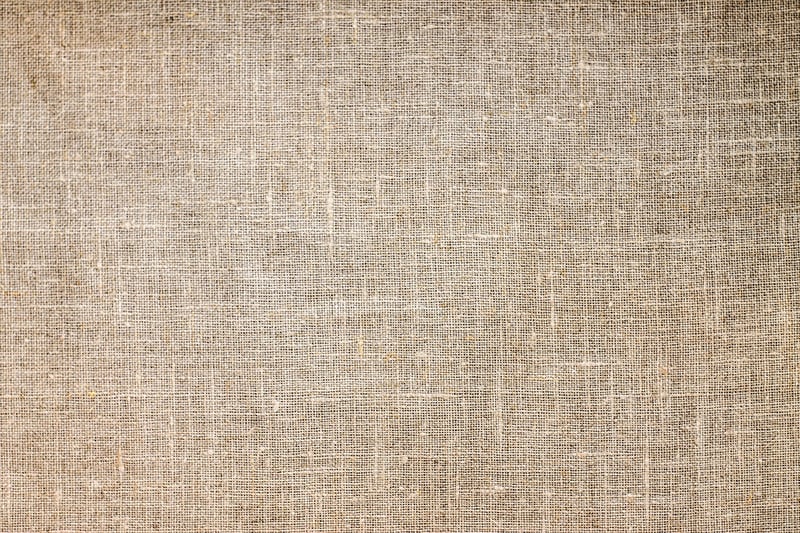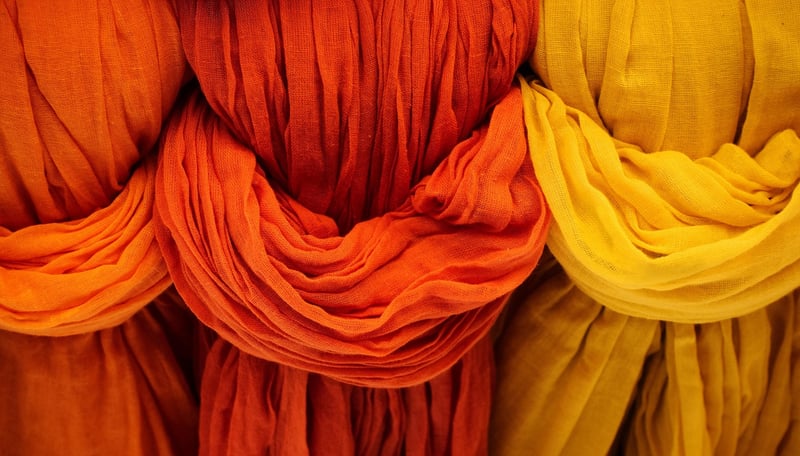Textile Upcycling
Transforming Garments and Accessories through Textile Upcycling
In recent years, the fashion industry has been increasingly focusing on sustainability and eco-friendliness. One of the innovative ways this is being achieved is through textile upcycling. Textile upcycling involves taking discarded or unused textiles and transforming them into new garments and accessories, thereby giving them a new lease of life.
What is Textile Upcycling?
Textile upcycling is the process of creatively reusing textiles to create new products with higher value. This sustainable practice not only reduces waste and the need for new raw materials but also promotes creativity and individuality in fashion.
Benefits of Textile Upcycling
- Environmental Impact: By upcycling textiles, the amount of waste sent to landfills is reduced, leading to a positive environmental impact.
- Creative Expression: Upcycling allows designers and individuals to showcase their creativity by transforming old textiles into unique and personalized pieces.
- Resource Conservation: Upcycling helps in conserving resources by reusing existing materials rather than producing new ones.
- Social Responsibility: Supporting upcycled fashion promotes ethical and sustainable practices within the fashion industry.
Examples of Textile Upcycling
There are numerous ways in which textiles can be upcycled, such as turning old denim jeans into a stylish denim skirt, transforming vintage scarves into trendy tops, or repurposing fabric scraps into unique accessories like bags or jewelry.
Get Involved in Textile Upcycling
If you are interested in participating in the textile upcycling movement, there are various ways to get involved. You can attend upcycling workshops, purchase upcycled products from sustainable brands, or even try your hand at upcycling your own textiles at home.
Embrace the creativity and sustainability of textile upcycling and make a positive impact on the environment and the fashion industry!

Image source: Pixabay
